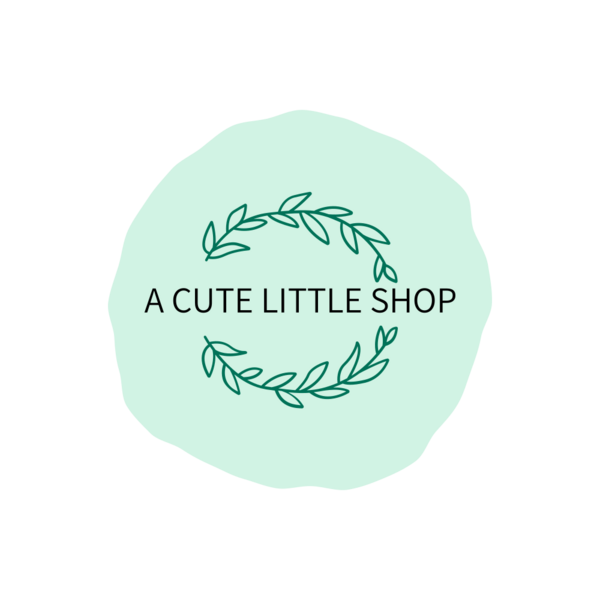
Commitment to Sustainability
Many years ago I started researching the environmental impact of the fibers I was using for crafts. Was one kind of wool better than another? Or should I ditch wool entirely? I didn't know and I wanted to find out. I learned what kind of cotton I should get (organic and/or recycled), the difference between superwash-treated and non-superwash treated (which I will post about later), and why linen is the best plant-based fiber ever (another post forthcoming on this topic!).
Everything I've learned in the years since I started this research has influenced nearly every purchasing decision I make and when it was time for me to make some purchases for my home, I set out to find eco-friendly home decor. It was a much more difficult process than I had anticipated. There's a lot of greenwashing out there and most places which branded themselves "eco-friendly" were kind of bland. I don't know about you, but I'm just not a "everything beige and brown" kind of person. My aesthetic tends to the more colourful side. Since I was having such a difficult time finding a place that sold sustainable home decor, I decided to BE that place. I already had an online store where I sold some of my handcrafted items so pivoting to home decor was a natural step.
Since then, A Cute Little Shop has evolved to include print-on-demand items as well as handcrafted. Print-on-demand cuts down on overproduction which in turn cuts down on waste. The products I select for print-on-demand items are certified eco-friendly and/or made from recycled materials and certified by the Global Recycled Standard. Additionally, the service I use chooses the nearest fulfillment centre to the buyer, which reduces carbon emissions during the shipping process.
Part of the sustainability process is learning and I am constantly thinking of and researching the best choices for humanity and the world. It's not enough for me to know that the items are eco-friendly, I must also know if the workers were treated fairly and paid living wages - nothing is sustainable unless everything in the supply chain process is sustainable. For transparency on worker conditions, look out for the posts on GOTS and GRS certification!



